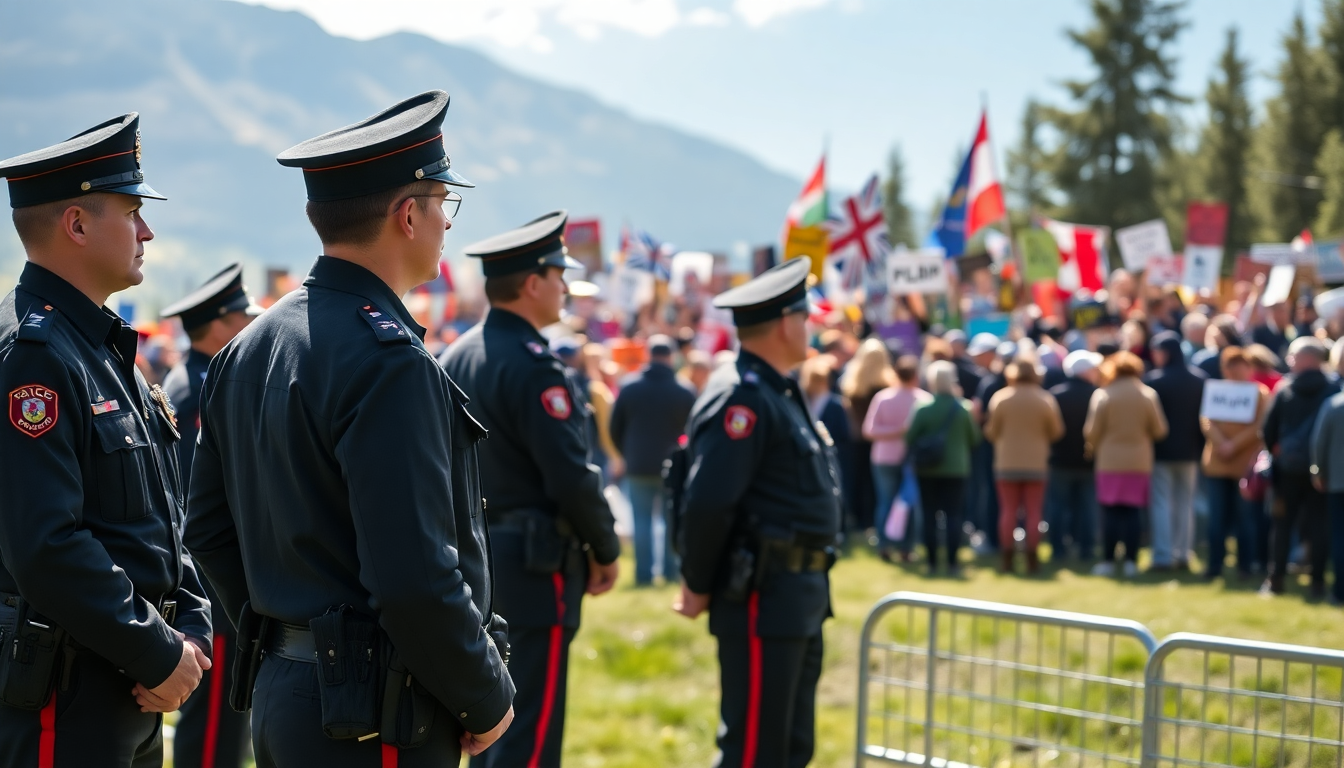Table of Contents
The G7 summit in Kananaskis Country wasn’t just a gathering of world leaders; it was also a massive logistical operation focused on security. Picture this: hundreds of demonstrators peacefully voicing their opinions while a meticulous security strategy worked to keep everyone safe.
RCMP Chief Supt. David Hall pointed out that despite the large protest, there were no arrests or citations—an impressive testament to public conduct. In this article, we’ll explore the intricate security measures that made this summit possible, highlighting both the challenges faced and the solutions implemented to ensure a secure environment.
Comprehensive Security Operations
When it comes to security at high-profile events like the G7 summit, the measures are nothing short of extensive. The Royal Canadian Mounted Police (RCMP) led a collaborative effort that included support from Calgary police, Alberta Sheriffs, and even the Canadian Armed Forces.
This teamwork was essential for creating a solid security framework capable of addressing any potential threats.
One noteworthy incident involved NORAD scrambling CF-18 fighter jets to intercept a small civilian aircraft that accidentally entered the no-fly zone around the summit.
After several attempts to reach out to the pilot, the jets successfully guided the aircraft to a safe landing. This incident really highlighted how critical it is to maintain airspace security during events where the stakes are incredibly high.
To keep things secure, temporary airspace restrictions were enforced, stretching 30 nautical miles around Kananaskis and 20 nautical miles from Calgary International Airport.
This ensured that no unauthorized aircraft could disrupt the summit. While officials are still looking into the details of the aircraft’s entry into restricted airspace, a lack of public information has definitely sparked some questions.
Wildlife Encounters and Their Management
Another crucial aspect of the summit’s security involved managing wildlife interactions. Supt. Brian Sundberg from Alberta Forestry and Parks reported that security personnel dealt with around 200 wildlife-related incidents in the area. About half of these encounters involved grizzly and black bears, requiring careful responses to ensure the safety of both the animals and the attendees.
The strategies employed to handle these wildlife encounters included bear spray, deterrents like bear bangers, and even using dogs in some cases. Thankfully, all incidents were minor, allowing security teams to manage the situations without resorting to drastic measures like relocating animals. This proactive approach not only ensured the safety of summit participants but also prioritized the well-being of local wildlife.
Final Thoughts and Future Implications
While the exact costs of the security operations for the G7 summit remain under wraps, Chief Supt. Hall stressed the importance of evaluating the overall effectiveness of these measures. As the demobilization process gets underway, the involved agencies will review their contributions and the financial implications of their operations.
It’s essential to strike a balance between ensuring security and upholding freedom of expression, as demonstrated by the peaceful protests that accompanied the summit. The lessons learned from this summit’s security operations will undoubtedly shape how future events are managed, enhancing preparedness for both the expected and the unexpected challenges that lie ahead.





